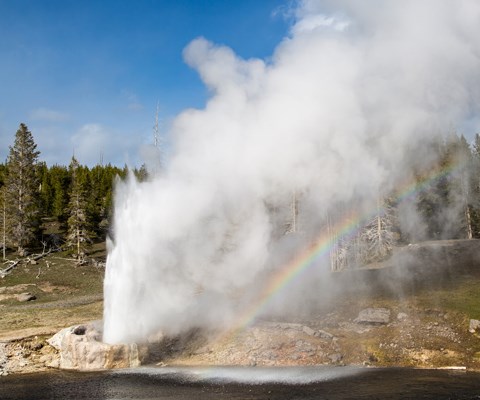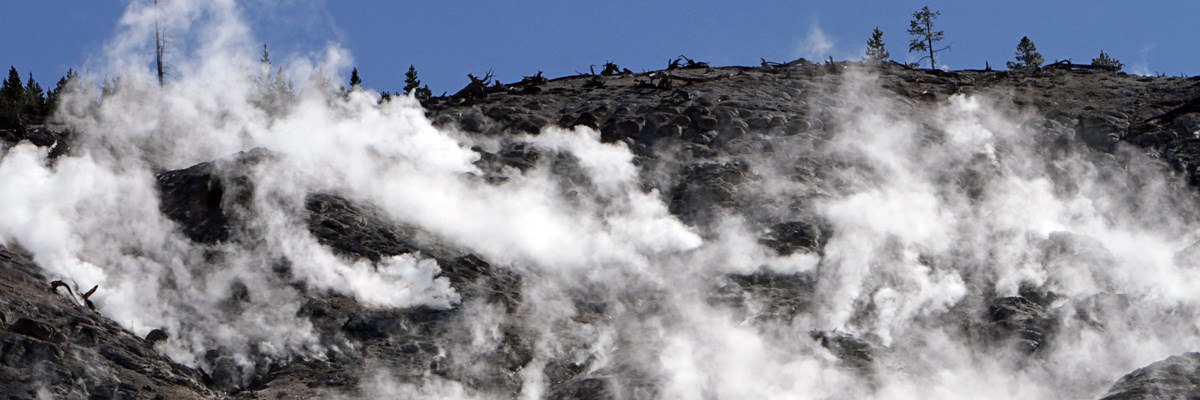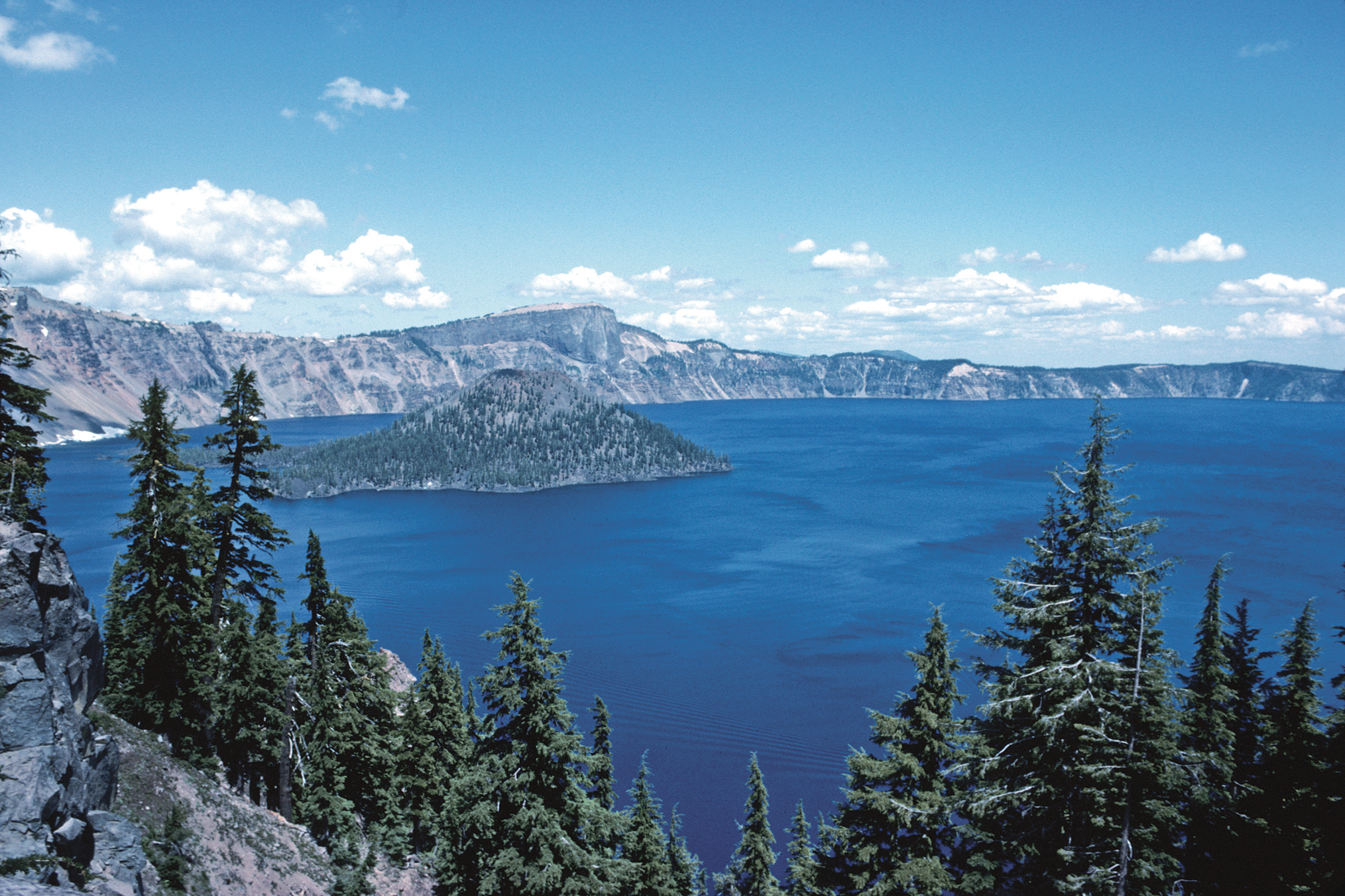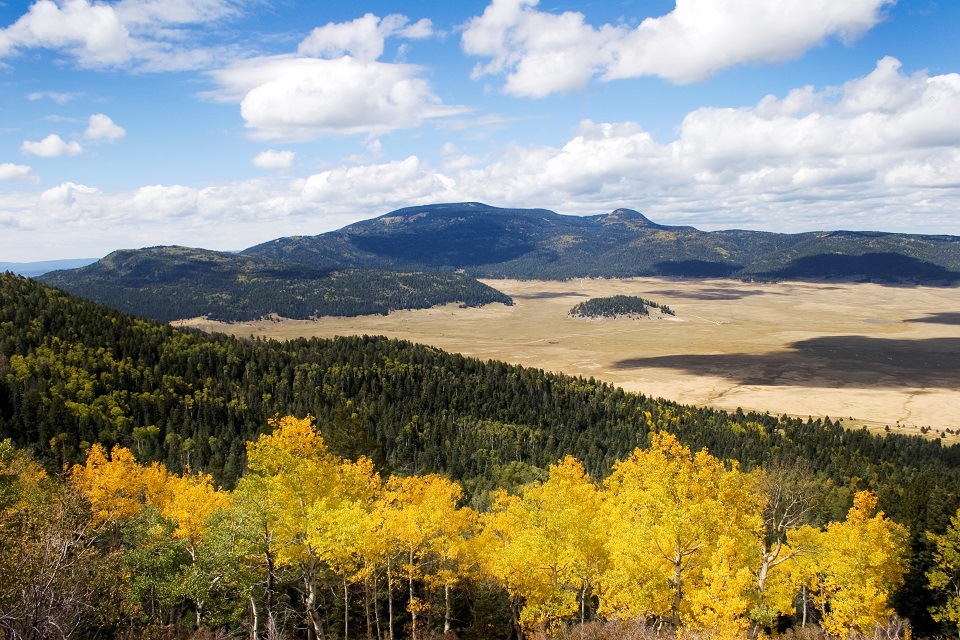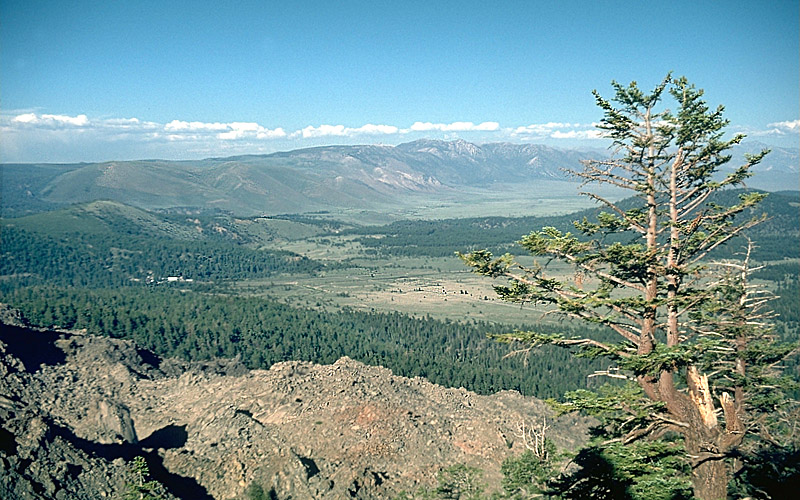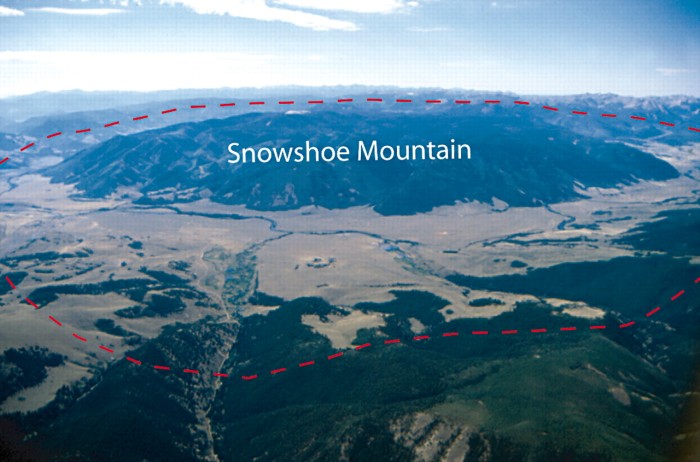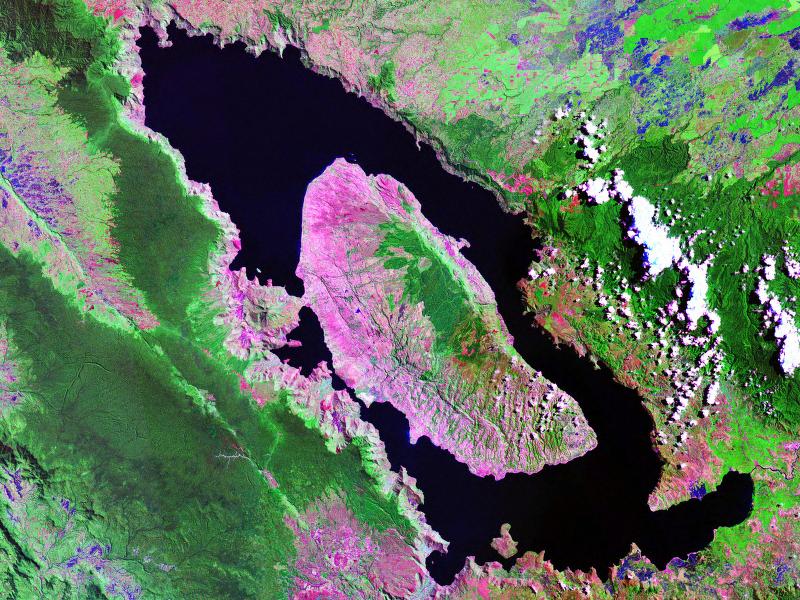Excerpted from Kiss Your Ash Goodbye: The Yellowstone Supervolcano,
© 2018
By Stephanie Osborn
Images in this article are public domain unless otherwise
noted.
The Yellowstone Hotspot and Structure
NOTE: I am aware that there is current research claiming that
the subducted Farallon Plate is the source of the Yellowstone melt, as well as
its long-lived behavior and track. However, based on what I know, I am
skeptical.
For now, in the absence of more definitive results, and given
the fact that the ancient plate is now pretty much crammed almost as far under
the eastern North American plate as it can get and still be under it, and given
detailed information on a mantle plume of some substantial size, it is my
considered opinion that more than likely, the Farallon Plate had only marginal,
if any, effects on Yellowstone. That said, it may possibly be at least part of
the reason why said mantle plume is anything but vertical. (I do discuss all
this in a bit more detail in the ebook.)
I also note that the current accepted model is “mantle
hotspot,” with plenty of data to support it. If that should change, I will add
an update.
Overview
The Yellowstone supervolcano is a very long-lived system.
Unlike most more ordinary volcanoes, which are supplied with magma via such
relatively shallow means as tectonic plate subduction and subsequent melting,
Yellowstone is apparently produced by a large and powerful mantle plume; the
reason for the plume is unknown. As the melt in the plume rises, it pushes on
the overlying crust, “puddling” in a weakness in the overlying rock, forming a
magma chamber. This pressure first forms a bulge (a “dome”), then the crust of
the bulge begins to crack (surface cracks). If these cracks deepen enough to
reach the magma chamber, an eruption can occur. They are also responsible for
the hydrothermal features seen in the national park.
The Plume
The mantle plume goes down at least 600mi (~966km), but
recent seismic evidence discovered by researchers at the University of Texas
indicates it may go as far down as the outer core/mantle boundary, some 1,800mi
(~2,900km) down. The plume apparently angles sharply south-southwest from the
megacaldera, and the base of the plume can be found under the California/Mexico
border. It is very roughly cylindrical; early estimates indicated it was some
215-300mi (346-483km) in diameter, but more recent estimates say it is at least
400mi (644km) wide. It is 2,050mi (3,300km) long, and up to 1,500ºF (816ºC) at
the base, near the core.
The Magma Chambers
There are a couple of different reconstructions from seismic
& other data that indicate the possible shape & size of the magma
chamber. More, seismic tomography indicates there are TWO, a shallow and a deep
chamber, with the deep chamber likely directly linked to the mantle plume.
The deep magma chamber, connected to the upper mantle plume.
Note state lines and park/caldera outlines on top and
bottom of cube, for scale.
According to the USGS, “The shallower magma storage region is
about 90km (56mi) long, [and] extends from 5-17km (3-10.5mi) depth.”
In turn, and from the same source, “The deeper magma storage
region extends from 20-50km (12-31mi) depth, contains about 2% melt, and is
about 4.5 times larger than the shallow magma body.”
If we assume —
based on those measurements —
average values for length, width, and height, such that the smaller chamber is
a rough prolate ellipsoid of approximate dimension 7.5x7.5x56mi (12x12x90km),
then it has a rough volume of ~13,000cu. mi. (~54,000km3). This then gives a
volume for the deeper chamber of 58,500cu. mi. (~244,000km3).
However, as it turns out, generally speaking, magma chambers
don’t induce eruption until they have surpassed the 50%-full mark. And that’s a
whole heck of a lot of magma, AND we’re only at 2%. On general principles, I
think we’re good.
The Geysers/Hydrothermal Features
The geysers, hot springs, mud pots, fumaroles, and the like
are fed by ancient rain- and meltwaters —
the local ground water, in essence, except it is often coming from depth —
that seep through the network of cracks and fractures in the rock. They are
heated by the chambers and gradually rise, eventually forcing their way to the
surface to form geysers and all the other hydrothermal features common to
Yellowstone and other such similar volcanic landscapes.
Riverside Geyser. Credit: National Park Service.
A fumarole (steam vent) field in Yellowstone, where dangerously
superheated steam emerges in the geyser basins. Credit: National Park Service
/Jim Peaco
WARNING: most of the hydrothermal features in Yellowstone,
and other active megacalderas, are DANGEROUSLY HOT. Not infrequently, these are
superheated waters, meaning their temperatures may well be above the boiling
temperature of water; this is especially true for geysers and fumaroles, but
many — most — hot
springs are also near boiling. More, at least at Yellowstone, they also are
prone to being highly acidic. It is NOT AN EXAGGERATION in the least to say
that entering one of these features means an instant, horrible death; it has
happened many times. Worse, sometimes bodies are not recovered, simply because
the water has become strongly acidic thanks to the sulfuric gases dissolved in
it; the corpses simply dissolve. When the bodies are recovered, they are often
in very poor condition. DO NOT EVEN THINK OF TRYING to use one as your personal
hot tub, and DO NOT LEAVE THE TRAILS/WALKWAYS, because the high mineral content
can form what LOOKS like solid ground, but is really a skim of mineral deposits
floating on the water’s surface.
Is There Any Danger of Eruption?
Yes, because this is an active volcanic feature; there has
been some uplift in areas of the park, especially under the lake, but given the
nature of the feature, and the high levels of seismic activity that occur there
normally, that isn’t necessarily anything to worry about. The “uplift” feature
on the lake floor seems to be part of an underwater field of hydrothermal
vents, fissures and faults, not unlike those found on ocean floors, so it is
likely that the uplift is a result of gases and expanding hot water underneath.
Certainly a good deal of the seismic activity in and around the caldera has to
do with this same hydrothermal activity; this expansion, when the water is in
the natural cracks of a rock stratum, will force the cracks wider until the
stone eventually breaks. This fracture does create small quakes.
So-called “quake swarms” in the region are NOT in the correct
area to indicate magma on the move. They also don’t have the “long-period
harmonic” vibrational component to indicate flowing magma. More, detailed
geophysical studies show no evidence of either magma chamber inflating.
To obtain a copy of Kiss
Your Ash Goodbye: The Yellowstone Supervolcano by Stephanie
Osborn, go to: bit.ly/Kin-KYAGTYSV.


